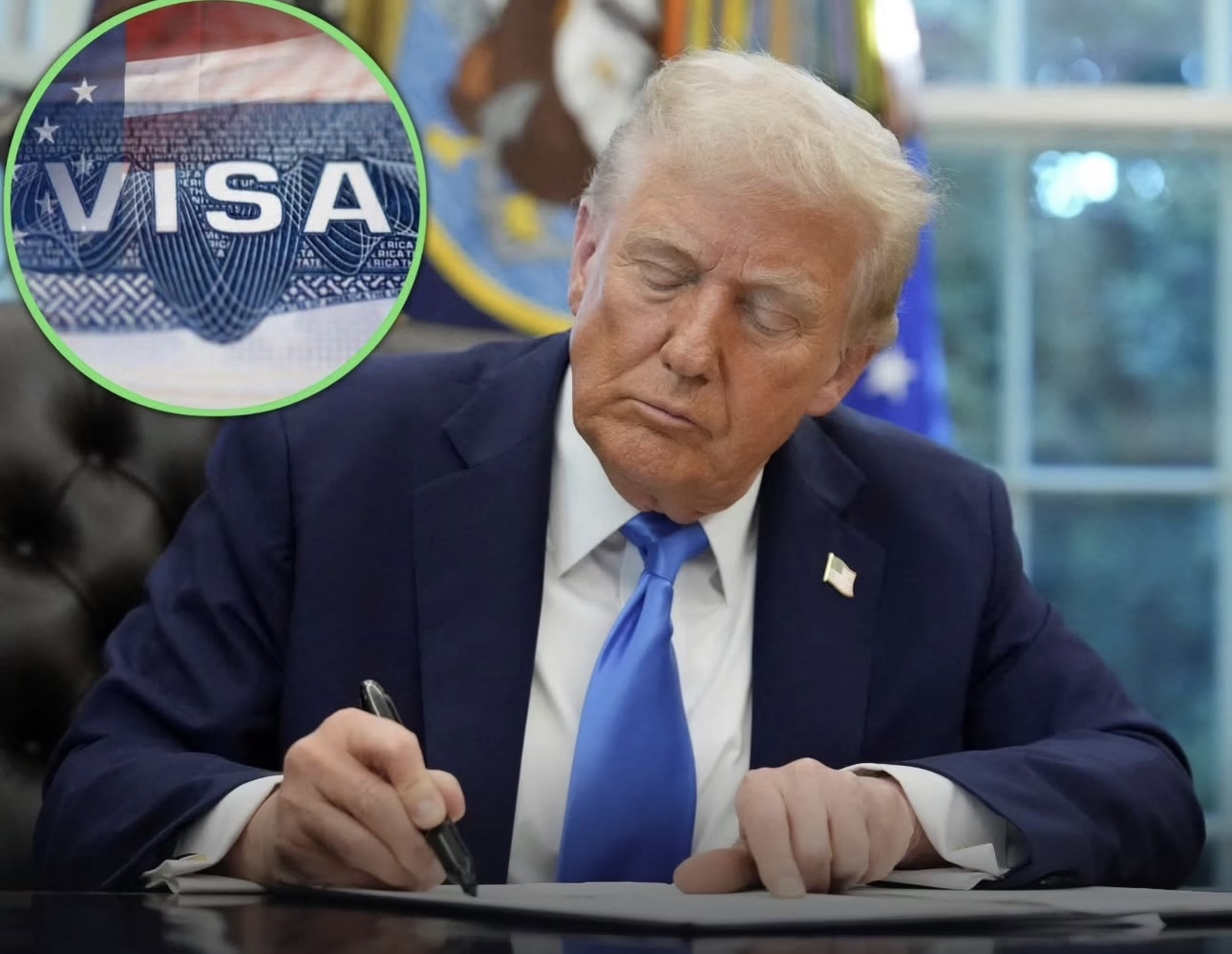U.S. to impose new $250 “Visa Integrity Fee” on many non-immigrant visa holders, with uncertain rollout

A new provision in U.S. law will require many visitors applying for non-immigrant visas to pay an additional $250 “Visa Integrity Fee”, part of the sweeping One Big Beautiful Bill Act signed in July 2025. While the measure is intended to encourage compliance with visa rules and help fund immigration enforcement, its rollout and real-world impact remain uncertain—raising concerns among travelers, universities, and tourism stakeholders.
What is the Visa Integrity Fee?
- The fee will apply at visa issuance (not merely the application stage) and will be imposed alongside existing visa, consular, and reciprocity charges.
- Under the law, the $250 charge is refundable, but only if the visa holder adheres fully to visa conditions—such as leaving on time, not taking unauthorized work, and not overstaying.
- If a visa is never issued (for example, if an applicant is denied), the fee should not be charged.
Which visas and who will be affected?
- The fee covers most non-immigrant visa categories: tourist/business (B1/B2), student (F/M), work (H-1B, L-1), exchange (J) and other non-immigrant types.
- Travelers from countries participating in the Visa Waiver Program (which use ESTA instead of visa stamps) will be exempt from this fee, though their ESTA cost has also been increased.
- The law does not limit the $250 fee to specific countries like India, China, Brazil, or Mexico. The image’s focus on just those nations is too narrow.
When does it begin—October 1, 2025—or later?
- The law sets a statutory effective date of October 1, 2025, for the Visa Integrity Fee.
- However, implementation is not yet confirmed. Some analyses note that cross-agency coordination (between the Department of State, Department of Homeland Security, Treasury, and consular systems) must still occur before the fee can be collected.
- Some reporting suggests that the new fee may not begin immediately on October 1; agencies have not yet published guidance on collection, payment mechanisms, or refund procedures.
Financial impact & travel industry concerns
- According to Reuters, the $250 surcharge could push the total visa cost for some applicants to $442, making it among the highest globally.
- Travel industry leaders warn the new fee may discourage international tourism exactly as the U.S. seeks recovery in inbound travel.
- The timing is especially sensitive: the U.S. will host several major global events, including the 2026 FIFA World Cup and the 2028 Olympics. Critics say the new surcharge could dampen visitor inflows.
- States and cities heavily reliant on international tourism—Florida, New York, California—have expressed concern over potential revenue losses.
Uncertainties and challenges ahead
- Refund mechanism: Although the law requires the fee be refunded for compliant visa holders, no publicly available system or procedure has yet been published.
- Delay in collections: Because many visa durations span several years (e.g. 10-year tourist visas), refunds might come long after travel.
- Administrative burden: Consular offices will need new systems to collect, track, and process refunds, increasing complexity.
- Legal and diplomatic pressure: Critics argue the fee is a “hidden tax” on visitors. Some fear it may spark reciprocal visa surcharges from other countries.
Bottom line:
The new $250 Visa Integrity Fee is real and legally enacted, but many essential details remain unresolved—especially timing, payment mechanisms, and refund logistics. The image’s headline is broadly correct in spirit, but oversimplifies the scope, timing, and affected countries. Given the potential impact on travel and international mobility, this is a development worth watching closely.

